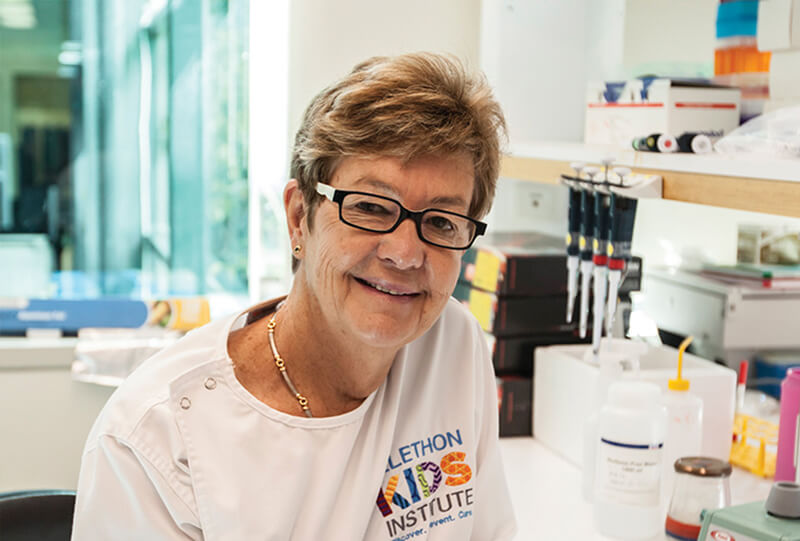Search
Research
Use of linked administrative and laboratory data to confirm that serum 25(OH)D levels in pregnant women can be predicted from satellite estimates of ultraviolet radiationSerum 25 hydroxyvitamin D [25(OH)D] levels of pregnant women have been linked to various health outcomes in their offspring. Satellite-derived ultraviolet radiation (UVR) data have been used as a proxy for 25(OH)D levels, as individual-level cohort studies are time-consuming, costly and only feasible for common outcomes.
Research
Characterising nitric oxide-mediated metabolic benefits of low-dose ultraviolet radiation in the mouse: a focus on brown adipose tissueNon-burning (low-dose) UVR suppresses the BAT 'whitening', steatotic and pro-diabetic effects of consuming a high-fat diet through skin release of nitric oxide
Research
Maternal Vitamin D Levels and the Autism Phenotype Among OffspringWe tested whether maternal vitamin D insufficiency during pregnancy is related to the autism phenotype.
Research
Toward homeostasis: Regulatory dendritic cells from the bone marrow of mice with inflammationInflammatory mediators from peripheral tissues may control dendritic cell (DC) development in the bone marrow.
Research
The anti-inflammatory actions of IL-4 in human monocytes are not mediated by IL-10, RP105 or the kinase activity of RIPK2The anti-inflammatory actions of IL-4 in activated human monocytes may reflect transcriptional regulation of genes involved in TLR signaling pathways.

News & Events
Vitamin D deficiency linked to childhood asthmaResearchers at The Kids Research Institute Australia have found children with vitamin D deficiency are more likely to develop asthma.

News & Events
UV offers new hope in fight against MSPeople at risk of developing multiple sclerosis (MS) have been offered a beacon of hope thanks to research into UV exposure.
Research
Vitamin D and atopy and asthma phenotypes in children: a longitudinal cohort studyVitamin D has been linked in some studies with atopy- and asthma-associated phenotypes in children with established disease,but its role in disease inception...
Research
The anti-inflammatory effects of interleukin-4 are not mediated by suppressor of cytokine signalling-1 (SOCS1)While it is known that the anti-inflammatory effects of interleukin (IL)-4 require new protein synthesis, the exact mechanisms by which IL-4 suppresses the prod
Research
Epigenome-wide analysis links SMAD3 methylation at birth to asthma in children of asthmatic mothersWe sought to assess whether the trajectory to asthma begins already at birth and whether epigenetic mechanisms, contribute to asthma inception.
